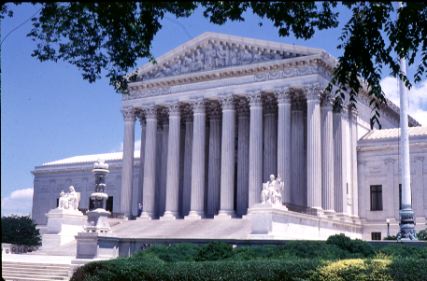The Woburn Story - Conclusion
 |
In the actual Woburn case, Judge Skinner bifurcated the trial into three
stages. In a trial plan like this, each party is limited to presenting evidence relating to
the sub-issue under contention in a given trial stage. The jury votes at the end of the stage.
If the plaintiffs prevailed on a sub-issue, the trial would continue to the next stage and consider the next set of issues.
This process continues until either the plaintiffs have proven all of the elements necessary to establish their overall case,
or all of the defendants are able to prove that they are not liable.
The actual Woburn trial only got through one of three scheduled stages before settlement. The jury ruled that the plaintiffs had no claim against Beatrice Foods, Inc., but could proceed with their case against W.R. Grace (the defendant whose case we present here). W.R. Grace then settled for $8 million. In order to test the effect of bifurcating a trial, our experiment randomly divided all participants into two groups. Each group was presented with substantively identical information based on past and present sources. The order of presentation, however, was different for each group. The information was presented to one group in the bifurcated format, while the other group received information in a format that mirrors a typically unified trial. It is important to note that additional information (such as the E.P.A. reports) included in our experiment was not available at the original trial - the outcomes here should not be taken as data on the strength or weakness of the actual cases presented to the court. |
Team Members:
Ted Chandler Andrew Cheng Jason Conger Jocelyn Dabeau Gabriel Gray John McMullan Dorothy Mares Stacy Menechios Antoun Nabhan Workie Jennifer Yates |